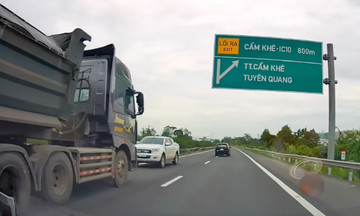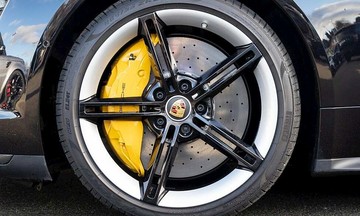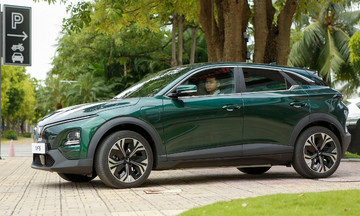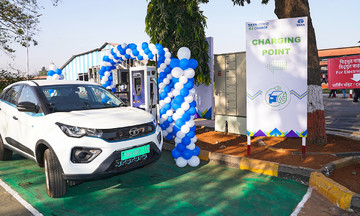One sunny afternoon in early June, I landed in Lombok, a beautiful island in West Nusa Tenggara, Indonesia. My destination was a luxury resort next to the Pertamina Mandalika International Street Circuit, just steps from the ocean.
Once a year, Ferrari hosts the Ferrari Club Challenge, a series of driving experiences for select clients. The five-leg event takes place at different race tracks across Asia. In 2025, the challenge was held in Sepang (Malaysia), Fuji (Japan), Buriram (Thailand), Everland (South Korea), and Mandalika (Indonesia).
Even for those with ample funds, participating in the Ferrari Club Challenge is by invitation only. You must be a Ferrari owner and selected by an official Ferrari dealer based on your relationship with the dealer, your passion for speed, and your affinity for the brand.
My opportunity came from years of involvement with the Ferrari community in Vietnam, from car maintenance and sharing technical knowledge to participating in driving experiences and new Ferrari launches abroad. I was the second person in Vietnam fortunate enough to delve into the world of Ferrari on the racetrack.
After a relaxing first night at the hotel, the experience shifted into high gear. The Ferrari 12Cilindri, priced around 424,000 USD and launched in 5/2024, awaited us at the track. The sound of its naturally aspirated V12 engine was enough to give me goosebumps.
I hit the gas. The car roared and truly took off like a rocket on the straightaway. Having driven several supercars before, I was still overwhelmed by the sheer force of its acceleration.
The Ferrari 12Cilindri's 6.5L V12 engine, derived from the 812 Competizione, boasts 830 horsepower and revs up to 9,500 rpm. Ferrari claims a 0-100 km/h time of 2.9 seconds. In my experience, everything happened so fast I didn't have time to check the speedometer.
But this was just the warm-up. The real thrill for participants was the Ferrari 488 Challenge Evo, a track-only model.
Upon arrival at Mandalika, a personalized racing suit, gloves, shoes, helmet, and HANS (Head and Neck Support) device were ready and waiting. Each item bore the Ferrari logo and my name.
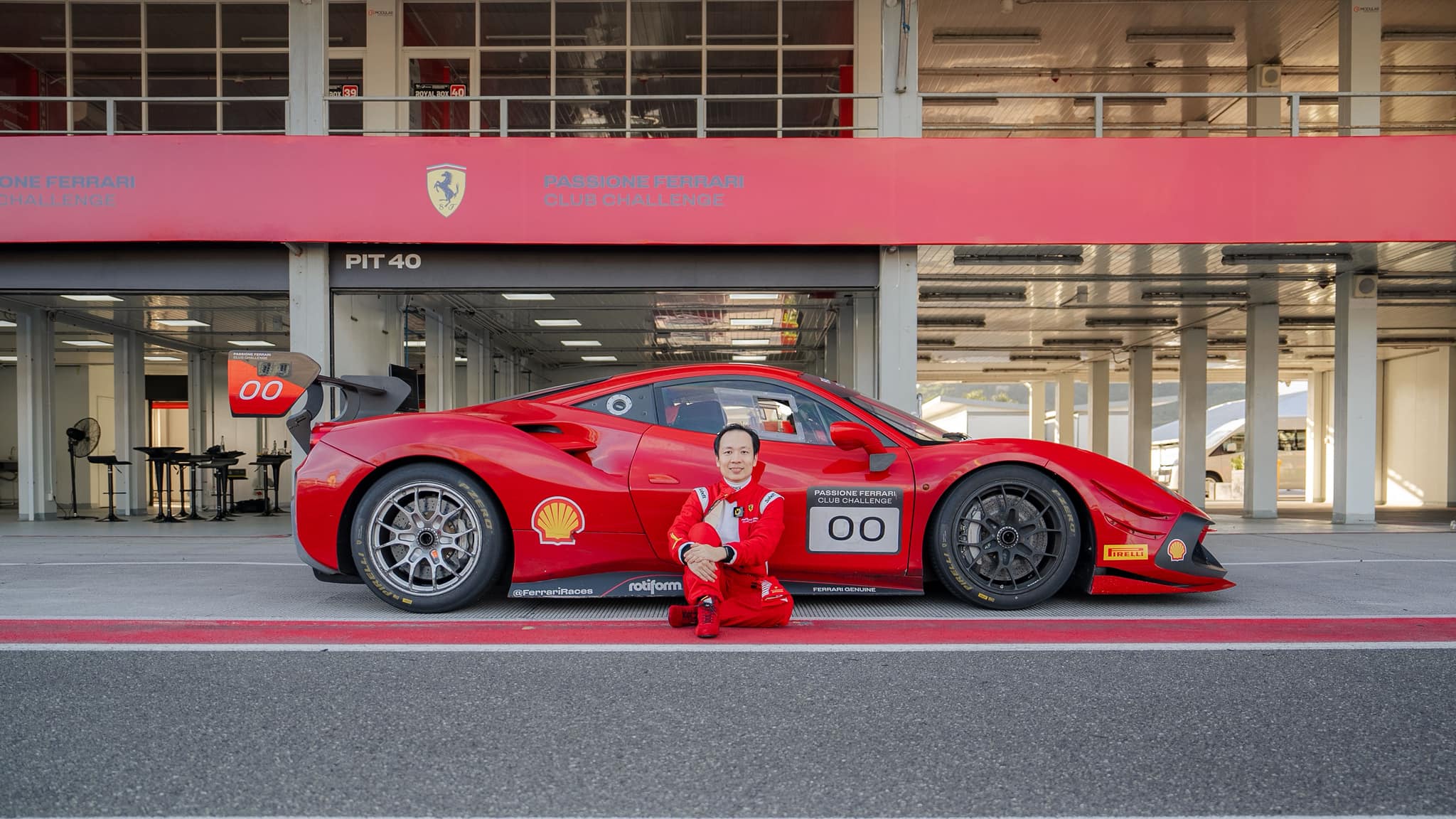 |
The author with the Ferrari 488 Challenge Evo. Photo: Pham Tuan |
The author with the Ferrari 488 Challenge Evo. Photo: Pham Tuan
A technical team meticulously prepared the Ferrari 488 Challenge Evo. They checked every component, reminiscent of an F1 pit crew, from the engine and tire pressure to steering angle adjustments, brake temperature analysis, and race strategy. Everything was tailored to the weather, the track, and my driving style. Once everything was set, all conversations ceased, phones were put away, and my focus narrowed.
I squeezed into the tight cockpit, the space feeling compressed. The car lacked leather seats, a radio, and significant sound insulation. Instead, it featured an F1-style steering wheel, multi-point harnesses, and a telemetry system to track cornering data and braking force.
"Let's go," the instructor's voice crackled through the radio. I hit the gas. Boom, the car launched forward.
While accelerating on the straightaway at 200 km/h, a large sign with the number 100 appeared. This wasn't a speed limit sign; it indicated the 100-meter distance to the next corner. At 200 km/h, 100 meters translates to about 1.8 seconds. What do you do in less than two seconds?
In a street-legal supercar like a Ferrari, Lamborghini, or McLaren, 99% of drivers would likely end up with a hefty repair bill in that situation, the car probably careening off the track. You need at least 130-140 meters to brake to 0 or down to 60 km/h to regain control before entering a corner, not to mention considerable driving skill.
Race cars are entirely different. They can brake effectively over incredibly short distances. Their grip allows for high cornering speeds. Consequently, the G-forces experienced during corner entry and exit are immense, reaching several Gs.
This limit is not easily surpassed. The 2.2G force left me dizzy on the first lap. My internal organs felt like they were tumbling with every hard brake and high-speed turn.
"Everyone feels that way. You'll get used to it in a few sessions," the Ferrari instructor reassured me. "Some people have to lie down for two hours after just five laps."
Each lap was a learning experience, an opportunity to refine my technique, from driving posture and cornering to braking points. All data was recorded by the telemetry system and analyzed by technicians after each pit stop. The feeling of improvement with each lap was the greatest reward.
After the intense, sweat-inducing hours on the track, participants could relax with an espresso in the lounge and review their lap times or unwind with a professional massage.
The Ferrari Club Challenge isn't cheap. Besides being a "chosen one", participants must pay various fees, including a membership fee of around 14,130 USD and a per-leg fee of 21,200 USD. Completing all five legs costs over 120,000 USD, or more than 3 billion VND, excluding other expenses.
If a client purchases a Ferrari race car, the company will transport it to each leg in every country. They prepare everything, including the racing suit and accessories, which are laundered and hung in a locker bearing your name. All the participant has to do is pay and enjoy the thrill of speed.
Pham Tuan



